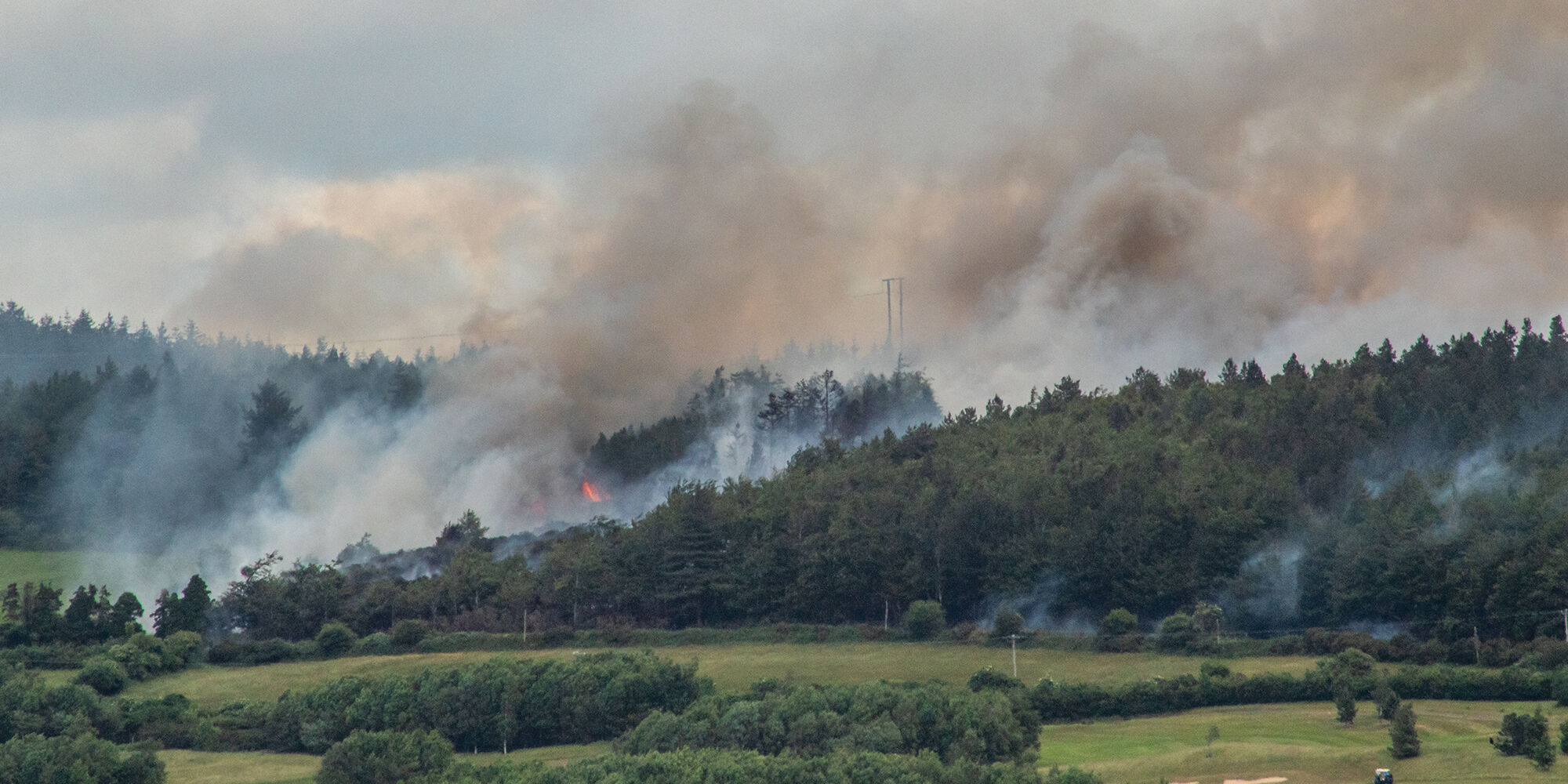Those of you with a memory for these things may recall a recent LinkedIn article of mine about a GAP Insurance policyholder we called ‘Ant’ from Omagh, Northern Ireland. Ant was in the last couple of weeks of his four-year GAP policy term when his Range Rover ‘accidently’ ended up in the sea. Click here to refresh your memory.
In the Range Rover case, “these things happen” said his motor insurer. Except, on this occasion, these things didn’t “just happen”. The GAP claim was declined after a detailed investigation by Crawford Legal Services’ counter-fraud team.
As someone who has built a career on fraud detection and management, I know it’s a given that claims late in the policy term are typically a significant fraud indicator. What struck me this week was that of 10 recent Northern Ireland GAP claims we have been instructed to consider, no less than seven concern total loss incidents that occurred in the last day or days of the policy and all seven involved policyholders from Omagh. Let me elaborate with a few examples.
Our latest instruction concerns “Pep”. Pep was driving his car in rural Omagh. During the last hours of a four-year policy, a cow allegedly ‘jumped’ out of hedge. Pep says he collided with the gymnastic cow at a speed of 30-35mph. Although the cow was lifted onto the bonnet of the car, bounced onto the room and landed behind the car, neither the driver nor cow were harmed (have you ever seen the damage caused by a 750kg animal hit by a car at 30 mph!?). The car subsequently collided with a telegraph pole – the car was damaged but had a cow really hit the bonnet and roof?
Just before Pep we had a claim from “Ollie”: Ollie was also on the last day of a four-year term. This time a careless deer caused Ollie to swerve, veer down a grass bank, leading to catastrophic damage to his vehicle. Although the car ended up in a bad way, neither Ollie nor the deer were injured. So naturally, there were no emergency services or wildlife rescue teams called to help.
Omagh brothers “James”, “Mark” and “Tim” had five GAP claims between them over an 18-month period. Tim’s first GAP claim netted a 25K payout when his BMW M4 was obliged to swerve to avoid an Omagh fox leading to total loss damage. This was on the last day of a four-year policy. Earlier in the year, Mark was hit in the rear two days before the end of the GAP term. Claims three and four were kept in the family – Mark’s girlfriend crashed into James’ wife (no animals involved) - just a straight-forward staged RTA claim.
That leaves us with “Rob” (his car spontaneously combusted on the last day of a four-year term), and “Billy” (his car rolled down an Omagh embankment when he forgot to engage the handbrake on the last day of the policy term).
In every claim I’ve mentioned here, the RTA insurer has missed the presence of a GAP policy, as well as the “coincidence” of the total loss occurring at the end of the policy term giving rise to maximum policy benefit.
The lesson for RTA insurers is that they need to be asking themselves two simple questions immediately upon a claim being lodged:
- Is there an associated GAP policy in place?
- When is the GAP policy set to expire?
The answers to these two questions might well be very telling. Telling enough to save money exiting your bottom line.
If you’d like to discuss the themes of fraud raised here, please reach out to me:
Peter Oakes
Head of Counter-Fraud, Crawford Legal Services UK
E: peter.oakes@crawco.co.uk



